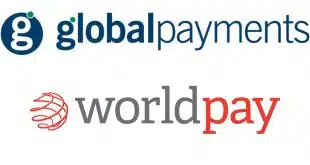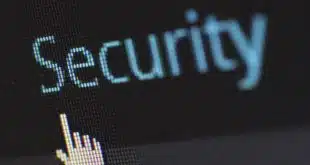Check 21 saved the U.S. payments system more than $3 billion in 2010 as paper check clearing gave way almost entirely to image clearing, according to a paper released recently by the Federal Reserve Bank of Philadelphia. The paper sets out what is believed to be the first effort at computing the cost savings from U.S. banks' massive conversion to electronic check clearing.
Short for the Check Clearing Act for the 21st Century, Check 21 became law in October 2004 and allowed paying banks to treat so-called substitute checks, or printouts of check images, as the legal equivalent of the original item. Over the ensuing six years, as banks became more and more capable of handling images, substitute checks virtually disappeared, and now nearly all checks paid are cleared as images.
In 2010, Check 21 cut processing costs for commercial banks by $560 million, argue the authors of the Fed paper, “Getting Rid of Paper: Savings from Check 21.” The Federal Reserve banks saved an additional $600 million, the paper estimates. The authors, David B. Humphrey and Robert Hunt, calculated the processing savings for the Fed banks by comparing the per-item cost to process 8.8 billion paper checks in 2006 (9.6 cents) with the per-item cost to process nearly as many Check 21 items in 2010 (2.5 cents). They then multiplied the difference, 7.1 cents, by the 2010 volume. For commercial banks, they estimated a similar cost difference and multiplied by a 2010 Check 21 volume of 7.9 billion items.
Further savings accrued to businesses that received funds sooner as Check 21 shaved clearing times dramatically compared to paper processing. Faster clearing allowed these businesses to cut the cost of working capital by $1.37 billion in 2010, the authors estimate. On top of this, consumers also saved about $640 million in interest costs on revolving debt by receiving check payments sooner, according to Hunt and Humphrey.
Adding it all up, the savings came to $3.17 billion in 2010, the authors say. By then, just six years after Check 21 took effect, virtually all check volume had been converted to image clearing, “a remarkably short period for such a major technological change,” the paper says.
The paper concedes that one-time costs related to Check 21 were incurred, for example, when the Fed shut down some 46 check-processing centers as paper volume dwindled. But for most years studied, these costs had little effect on the per-item processing cost calculation, the authors say. Also, float savings for businesses receiving payments sooner are offset by lost interest income for payors who don’t hold on to their funds as long, the authors admit. Still, they say, the payment system realized a “net social benefit,” as faster clearing times allowed payors and payees to expend less effort to either shorten or lengthen float times.
For the near future, Hunt and Humphrey add that processing costs could be further reduced by adopting technologies such as image-on-demand, which eliminates the need to send images with each transaction, and end-to-end digital checks, which does away entirely with the paper original by allowing the payor to create a digital equivalent, such as an image, on a PC or mobile device. A Fed paper proposing the latter system appeared in 2010.





